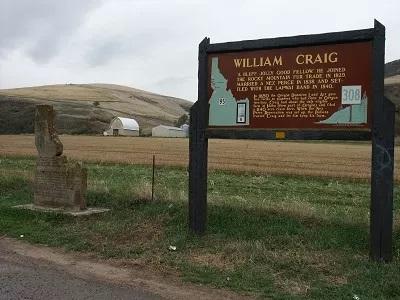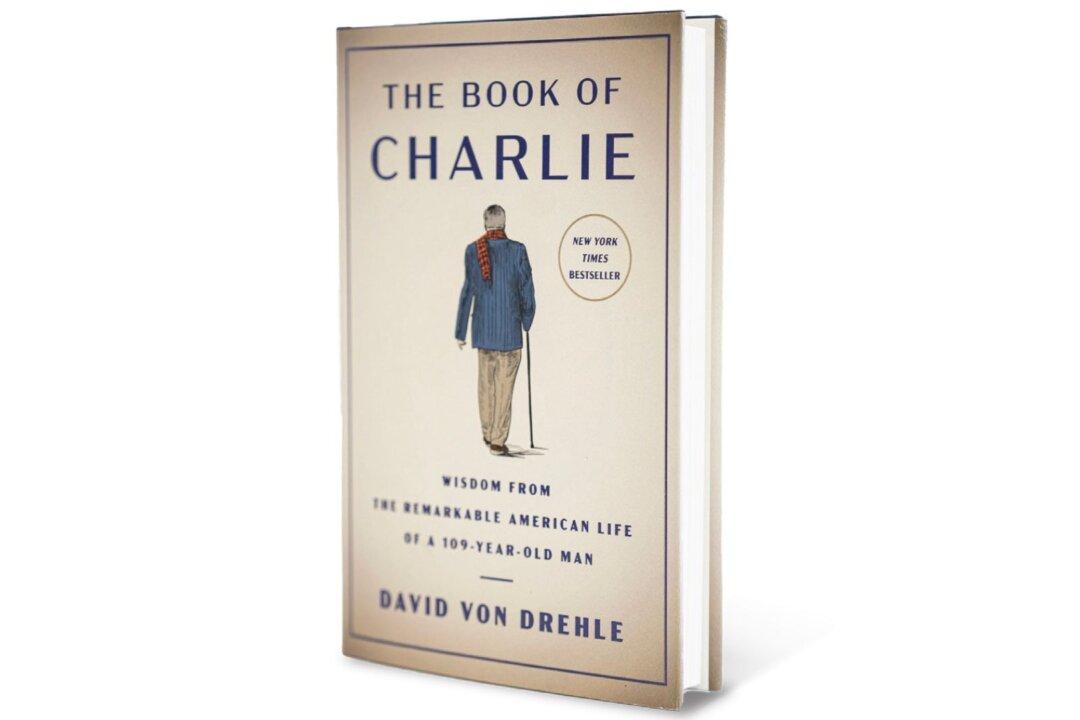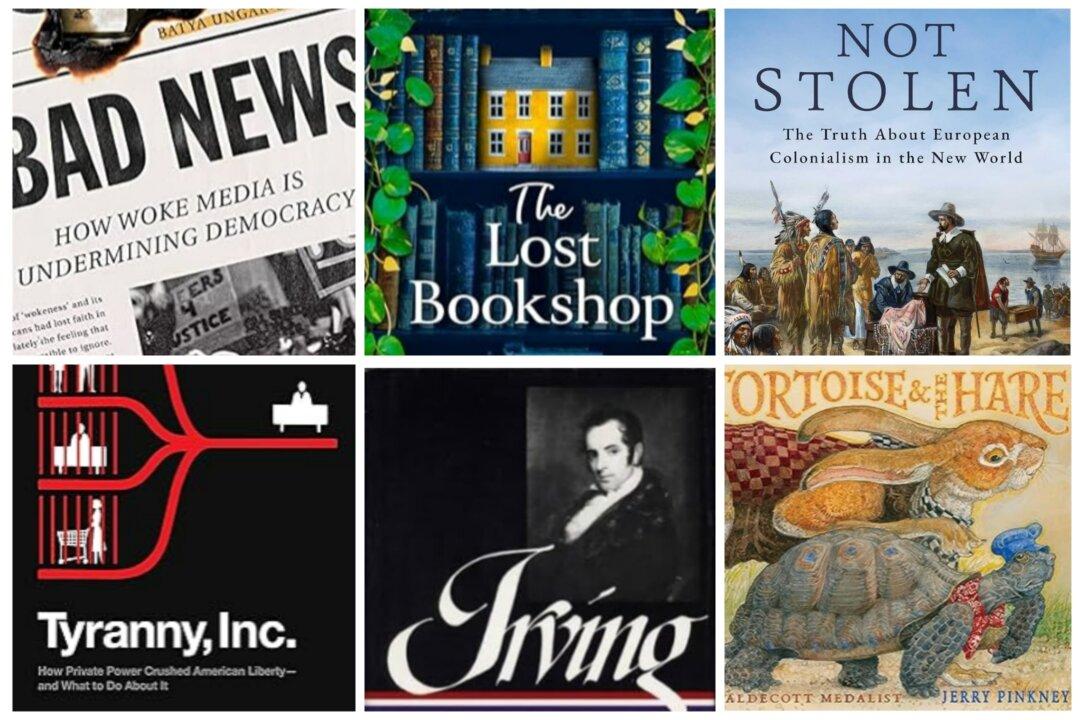I am originally from the Northwest, Oregon specifically, but for nearly 35 years I’ve called Virginia home. I will always have a fondness for the Northwest with its majestic mountain ranges, lush forests, deep canyons, and grand rivers.
Venturing west in the 1800s from the settled security of the eastern cities is an adventure only to be imagined. But many did, those seeking new beginnings and perhaps fame and fortune.






